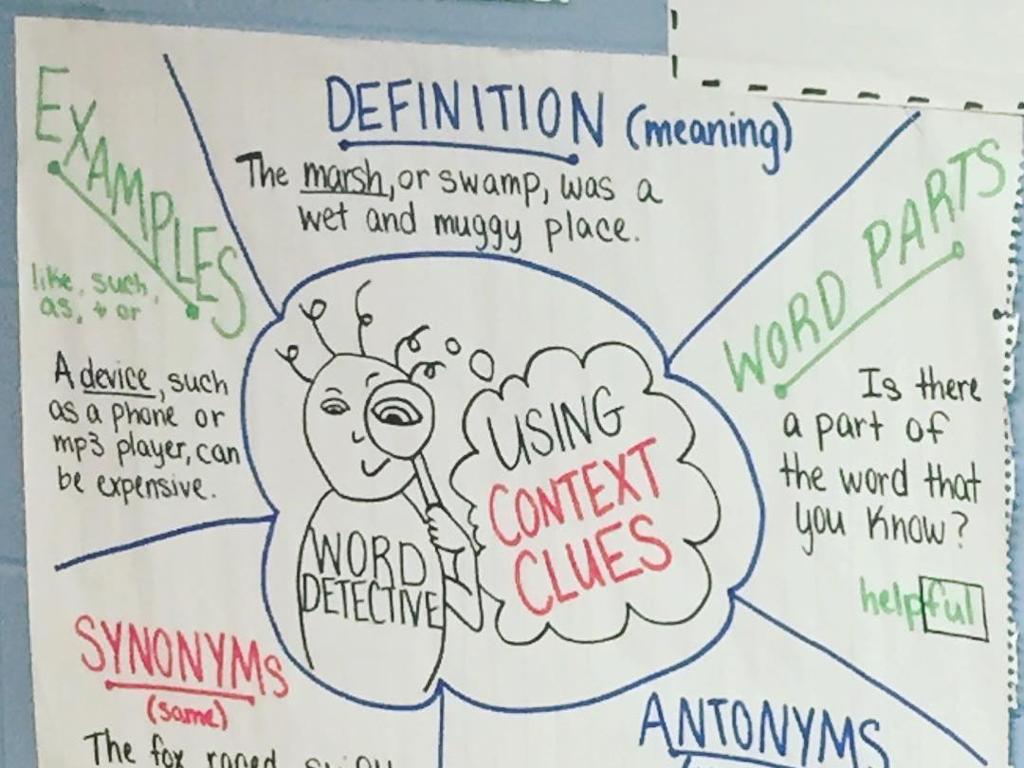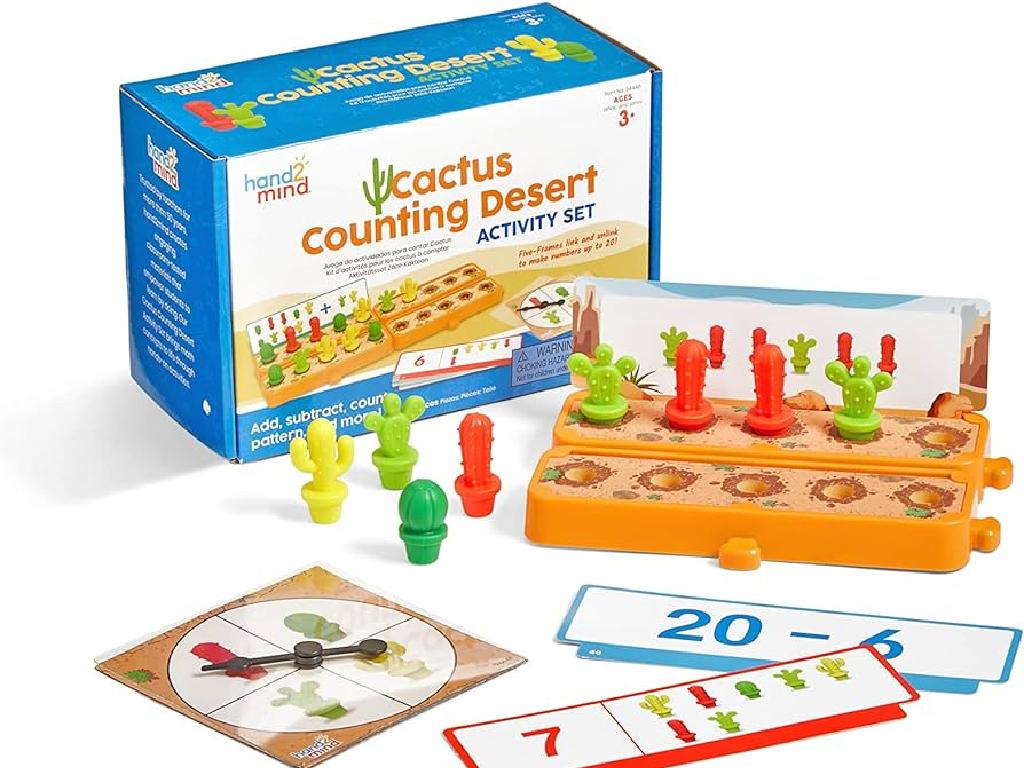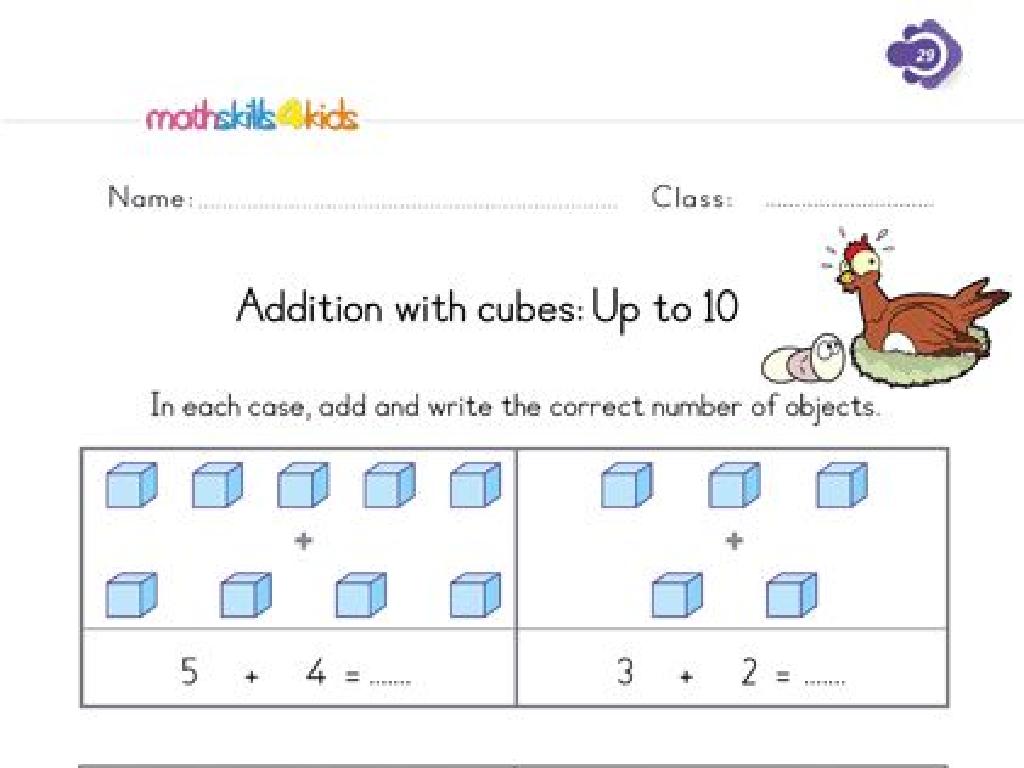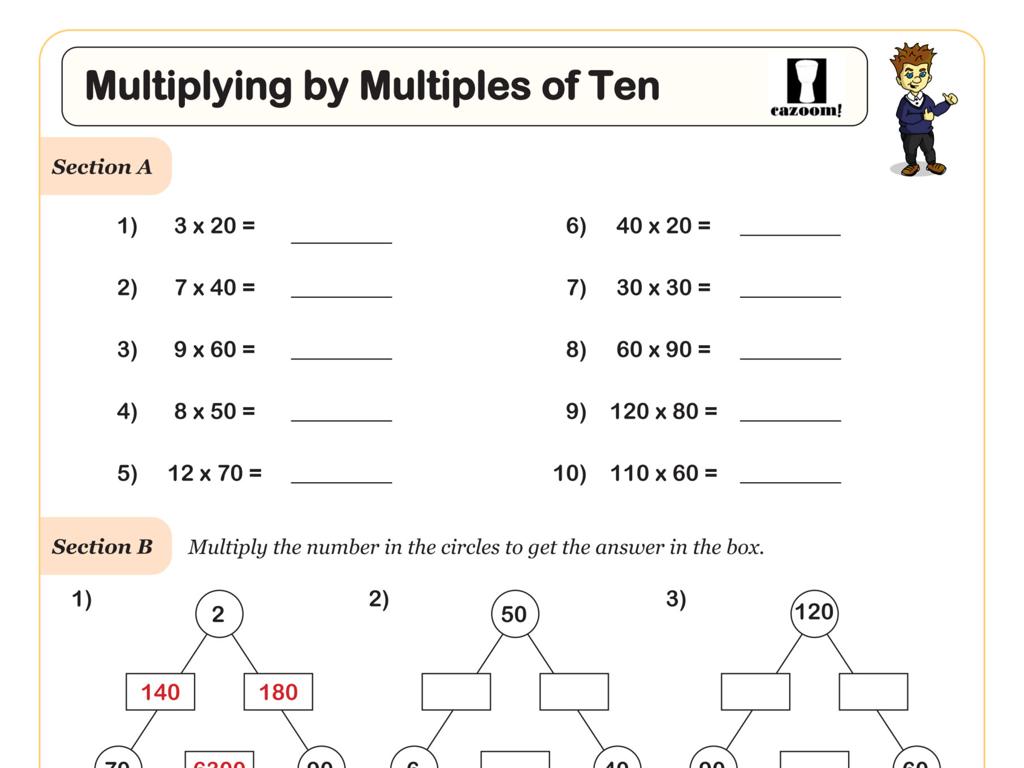Determine The Themes Of Short Stories
Subject: Language arts
Grade: Sixth grade
Topic: Theme
Please LOG IN to download the presentation. Access is available to registered users only.
View More Content
Exploring Themes in Short Stories
– Define ‘Theme’ in literature
– Theme is the central idea or message in a story
– Uncover underlying messages
– Clues to the theme are found in plot, characters, and settings
– Recognize themes in stories
– Examples: courage, friendship, and overcoming adversity
– Discuss common literature themes
|
This slide introduces the concept of ‘theme’ in literature, which is essential for students to understand as it adds depth to their reading experience. A theme is not just a topic, but a universal idea, lesson, or message that the story conveys. To help students grasp this concept, discuss how the theme is woven through the narrative elements like plot, characters, and settings. Provide examples of common themes such as courage, where characters face fears; friendship, where relationships drive the plot; or overcoming adversity, where characters must triumph over challenges. Encourage students to think of stories they know and identify possible themes. This will prepare them for identifying themes in the short stories they will read.
Identifying Themes in Short Stories
– Themes are inferred, not stated
– Clues: actions, settings, conflicts
– How do characters behave? What’s the setting? What conflicts arise? How are they resolved?
– Themes vs. Main Ideas
– Theme is the underlying message, main idea is what the story is about
– Practice inferring themes
|
When teaching students to identify themes, emphasize that themes are the underlying messages or lessons that the author wants to convey, which are not explicitly stated. Instead, students must look at various elements of the story such as character actions, settings, conflicts, and resolutions to infer the theme. It’s also crucial to distinguish between the theme and the main idea; the main idea is the primary point or concept that the story is about, while the theme is a statement that the story seems to be making about the subject. To solidify understanding, have students practice with short stories by identifying these elements and discussing possible themes as a class.
Themes in Action: Exploring Short Stories
– Read a story excerpt as a class
– Discuss possible themes
– What’s the main message or lesson?
– Group activity: theme identification
– Work in small groups to find the story’s themes
– Share findings with the class
– Each group will present their themes to the class
|
This slide sets up an interactive class activity focused on identifying themes within a short story. Begin by reading an excerpt of a short story together, ensuring that it is engaging and appropriate for sixth graders. After reading, open a class discussion to brainstorm possible themes, guiding students to think about the deeper message or moral of the story. Then, break the class into small groups and assign each group the task of identifying different themes present in the story. Provide them with guiding questions to help them think critically about the text. Finally, have each group share their identified themes with the class, fostering a collaborative learning environment. This activity will help students understand that themes are common threads or messages that can be found in literature and are a vital part of literary analysis.
Exploring Themes in Popular Stories
– Review themes in children’s books
– Examples: Courage in ‘Charlotte’s Web’, Friendship in ‘Harry Potter’
– Discuss theme conveyance
– How characters, settings, and plots express themes
– Class discussion on theme importance
– Why do themes like courage, friendship matter?
– Reflect on personal experiences
– How have you seen these themes in your own life?
|
This slide aims to engage students in a deeper understanding of themes in literature by examining familiar stories. Start by reviewing themes from well-known children’s books, such as courage in ‘Charlotte’s Web’ or the value of friendship in the ‘Harry Potter’ series. Discuss with the class how authors use characters, settings, and plots to weave these themes into their stories. Facilitate a class discussion on the importance of these themes in literature and in our daily lives. Encourage students to share their thoughts and personal experiences related to these themes. This will help them connect with the material on a personal level and understand the universal nature of these themes.
Your Turn: Theme Discovery Activity
– Read the assigned short story
– Determine the story’s theme
– The theme is the main message or lesson
– Explain your reasoning in writing
– Use details from the story to support your theme choice
– Discuss your theme with a partner
|
This slide introduces an individual activity aimed at helping students practice identifying themes in literature. Each student will read a short story provided by the teacher and then write down their interpretation of the theme, along with an explanation of their reasoning, using specific details from the text. Afterward, students will pair up to discuss their findings with a partner, allowing them to hear different perspectives and refine their understanding of the theme. For the teacher: Prepare a selection of short stories that are appropriate for sixth graders and have clear, identifiable themes. Make sure to have guiding questions ready in case some students struggle to articulate their thoughts, and consider providing a worksheet for them to organize their ideas. Possible themes could include friendship, courage, the importance of honesty, or the consequences of actions. Encourage students to look beyond the plot and consider the deeper message the author is conveying.
Class Activity: Crafting Stories with Themes
– Form groups and create a story
– Choose characters, setting, plot
– Present your story to the class
– Explain your story’s theme
– Discuss how the actions, dialogue, and outcomes reflect the theme
|
This activity is designed to foster creativity and understanding of literary themes. Divide the class into small groups and assign them to create a short story with a clear theme. They should decide on the characters, setting, and plot that will best convey their chosen theme. Once the stories are created, each group will present their story to the class and explain how the theme is expressed through the elements of their story. For the teacher: provide examples of themes such as friendship, courage, or perseverance. Encourage students to think critically about how their story elements express these themes. Possible activities: one group could write about overcoming adversity, another about the value of honesty, and so on. Ensure each group understands their theme and can communicate it effectively during their presentation.
Wrapping Up: The Power of Themes
– Significance of themes in stories
– Themes give deeper meaning to stories and connect us to the text.
– Reflection on theme identification skills
– Think about how identifying themes has changed your reading experience.
– Homework: Discover a book’s theme
– Choose a book you’re reading and write down its central theme.
|
As we conclude, emphasize the importance of themes in literature and how they add depth to the stories, making them more engaging and relatable. Encourage students to reflect on the skills they’ve developed in identifying themes and how this can enhance their appreciation of literature. For homework, students should apply these skills by finding the theme of a book they are currently reading, which will help reinforce their understanding. In the next class, be prepared to discuss how identifying themes can change the way we think about the stories we read and the world around us.





